
Lilly Daché was a French-born American milliner and fashion merchandiser. She started her career in a small bonnet shop, advanced to being a sales lady at Macy's department store, and from there started her own hat business. She was at the peak of her business career in the 1930s and 1940s. Her contributions to millinery were well-known custom-designed fashion hats for wealthy women, celebrities, socialites, and movie stars. Her hats cost about ten times the average cost of a lady's hat. Her main hat business was in New York City with branches in Paris. Later in her career she expanded her fashion line to include dresses, perfume, and jewelry.
A cap is a flat headgear, usually with a visor. Caps have crowns that fit very close to the head. They made their first appearance as early as 3200 BC. The origin of the word "cap" comes from the Old French word "chapeau" which means "head covering". Over time, the word has evolved and changed its meaning, but it still retains its association with headwear. Caps typically have a visor, or no brim at all. They are popular in casual and informal settings, and are seen in sports and fashion. They are typically designed for warmth, and often incorporate a visor to block sunlight from the eyes. They come in many shapes, sizes, and are of different brands. Baseball caps are one of the most common types of cap.

Adrian Adolph Greenburg, widely known as Adrian, was an American costume designer whose most famous costumes were for The Wizard of Oz and hundreds of Metro-Goldwyn-Mayer films between 1928 and 1941. He was usually credited onscreen with the phrase "Gowns by Adrian". Early in his career he chose the professional name Gilbert Adrian, a combination of his father's forename and his own.
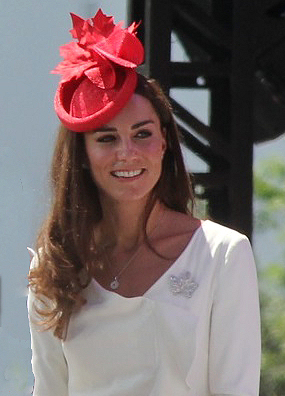
A fascinator is a formal headpiece, a style of millinery. Since the 1990s, the term has referred to a type of formal headwear worn as an alternative to the hat; it is usually a large decorative design attached to a band or clip. In contrast to a hat, its function is purely ornamental: it covers very little of the head and offers little or no protection from the weather. An intermediate form, incorporating a more substantial base to resemble a hat, is sometimes called a hatinator.

Caroline Reboux was a Parisian milliner and French fashion designer. She opened her first boutique at 23 rue de la paix in Paris in 1865, which she continued to operate throughout her life. Reboux opened other shops in Paris and London starting in 1870. She trained other milliners who became famous in their own right, including American milliner Lilly Daché and French milliner Rose Valois. Reboux's most famous shop was located at 9 Avenue Matignon in Paris, which carried on operating after her death for almost three decades under the direction of Lucienne Rabaté known as "Mademoiselle Lucienne" the most famous parisian milliner at that time.

Simone Mirman (1912–2008) was a Paris-born milliner based in London, chiefly known for her designs for the British royal family.
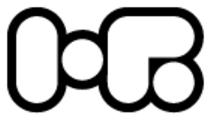
House of Flora is an established British fashion label and design house founded by designer Flora McLean.
Graham Smith is a milliner from Kent, England. Beginning his career at a time when hats were an everyday essential for fashionable women, he worked with leading couturiers in Paris and London, later establishing his own brand and also working with mainstream fashion brands such as Kangol.
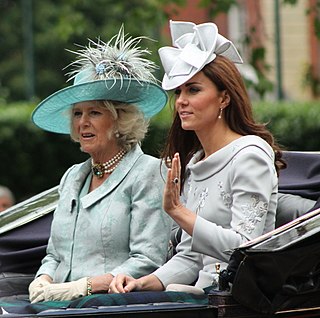
A picture hat or Gainsborough hat is an elaborate woman's hat with a wide brim. It has been suggested that the name may be derived from the way the broad brim frames the face to create a "picture".

A halo hat is a millinery design in which the headgear acts as a circular frame for the face, creating a halo effect. The design is said to date back to the late 19th century, when it was known as the aureole hat; this name is sometimes still used. It may also be known as the angel hat or bambini – the latter said to derive from Italian for terracotta plaques depicting the infant Christ.

A cartwheel hat is a hat with a wide-brimmed circular or saucer-shaped design. It may be made in a variety of materials, including straw or felt and usually has a low crown. It may be similar to the picture hat and halo-brimmed hat in shape. Typically, it is worn at an angle to show off the curve of the brim, rather than being worn at the back of the head in the manner of a halo hat.
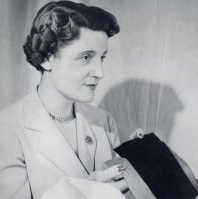
For the French general and diplomat, see Claude Carra Saint-Cyr
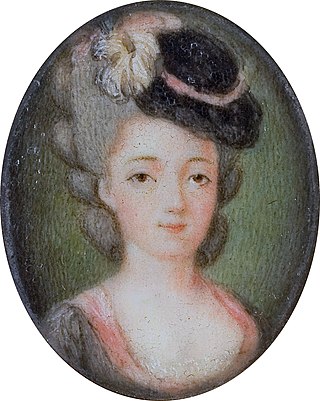
A doll hat is a women's millinery design scaled down to suggest a hat that could be worn by a doll. It can be of any design and is generally worn at the front of the head. The hat is usually held in place with a band of fabric or elastic secured at the back of the head.

A mushroom hat is a millinery style in which the brim of the hat tilts downwards, resembling the shape of a mushroom. It is a style that first emerged in the 1870s and 1880s, when it was usually made of straw. It became fashionable again from around 1907 to the late 1920s; these versions featured a distinctly downturned brim although the size and shape of the crown varied according to prevailing fashions.

A lampshade hat is a millinery design in which the hat has a small circular crown – typically flat, but sometimes rounded – and flares outwards to create a cone-like profile. In shape, it may have some similarities to the pillbox and bucket hat, both of which were popular at around the same time, although the classic lampshade design is longer and more flared than a pillbox and is generally made of stiffer material than a bucket hat.

A peach basket hat is a millinery design that resembles an upturned country basket of the style typically used to collect fruit. Generally it is made of straw or similar material and it often has a trimming of flowers and ribbons. Some models may also feature a veil or draped fabric covering. It was introduced in around 1908 and caused some controversy over the succeeding year due to its extreme dimensions and decorations. It had revivals – designs were at this stage more modest – in the 1930s and 1950s.

The tam is a millinery design for women based on the tam o' shanter military cap and the beret. Sometimes it is also known as a tam cap or the traditional term tam o'shanter might also be used. The tam became popular in the early 1920s, when it followed the prevailing trends for closer-fitting hats that suited shorter hairstyles and for borrowing from men's fashion; other traditional men's hats that rose to popularity in women's fashion during this period included the top hat and bowler. In the British Isles, the tam cap is often used as a headcovering by Christian women during church services.

A bumper brim is a millinery feature in which the hat brim is tubular in design, making it a prominent feature of the hat. In order to achieve this effect, the brim may be rolled, stiffened or padded. A bumper brim can be added to a variety of hat designs, from small to large.

A Eugénie hat is a small women's hat that is usually worn tilted forwards over the face, or it may be angled low over one eye. Typically, it is made of velvet or felt, although a variety of materials may be used. The classic design also has a plume of feathers, although other trims may be used.

A bicycle clip hat is a style of small hat or millinery decoration that includes a metal clip – similar to traditional designs used by cyclists – to hold it in place. It may be very similar to a half hat or fascinator in design, covering only part of the head.





















